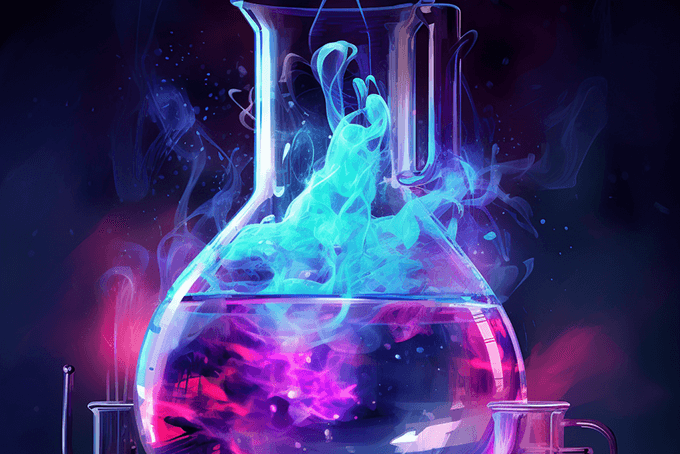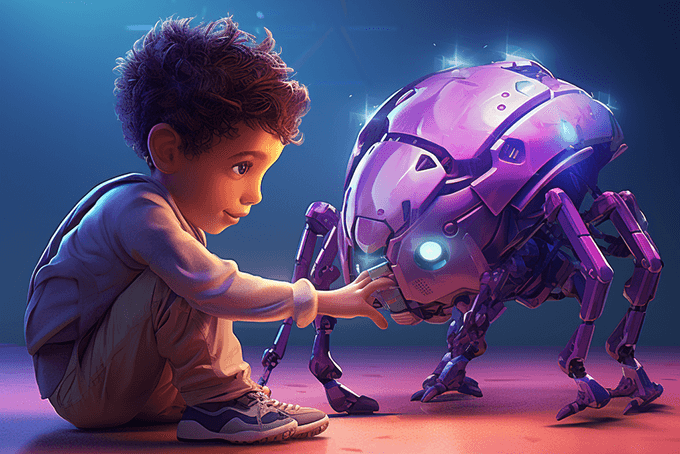I reviewed Snap Circuits several months ago and talked about its fun and educational value for my seven year old son. Recently Elenco Electronics, makers of the original Snap Circuits came out with Snap Circuits Green, winner of the Dr.Toy Award for Best Green Product. Snap Circuits Green teachers kids how to use environmentally friendly energy sources, including Hydro Power, Wind Power, Solar Power, Mechanical Energy, Geothermal Energy, Nuclear Energy, Chemical Energy, Hydrogen and Fuel Cells.
What the Snap Circuits Green Kit Includes
Snap Circuits Green includes an instruction manual containing 129 projects.
Recommended age group is 8-108.
Similar to the standard snap circuits kits, Snap Circuits Green uses building blocks with snaps to build the various electrical and electronic circuits in the projects. The projects are built on a clear plastic base grid.
Each block has a function. There are switch blocks, light blocks, battery blocks, wire blocks and more. The blocks are easy to identify. Each has a unique color and number. Each full color diagram shows how to build the circuit by including the color and number of each block.
The manual includes a parts list and several pages that explain how to use the parts.
Each project includes a full color diagram and a brief explanation of how the project works.
In addition, there is a separate education booklet called, “Think Green: Learn about Energy.” This booklet provides in-depth descriptions about what alternative energy sources are and how they work. The explanations are straightforward and easy to grasp. Unlike the orginal snap circuits kit, there is no teachers guide. The Think Green book in some ways acts as an educator’s guide and is essential material for better comprehending Snap Circuits Green.
What do Kids Learn by Doing Snap Circuits Green Projects
Similar to my experience with the original Snap Circuits, my 7 year old son Ben and I found that most of the Snap Circuits Green projects are easy to create but we thought the manual could have provided more information about how and why a project works. There is a white box that accompanies each project which details the steps, and in most cases it explains in some capacity what is happening. This manual is clearly an improvement from the original snap circuits but for someone like me who finds these concepts challenging, I’d like to see the manual written in even more detail. After reading an explanation a few times and referring to the Think Green booklet, I am able to better grasp what is taking place to make a project work.
Unlike the original Snap Circuits, the Snap Circuits Green manual features a little green Snap Circuits figure (resembles Gumby!) who offers a tip in a yellow box such as “solar energy is free, abundant and causes no pollution. However it is difficult to harvest it because even low power cells are expensive.” While this information is compelling, it doesn’t explain the why and how.
Ben really gets excited when a project works but he has little understanding for why it is working without a prompt from me. If parents want their kids to get the most value out of this toy, I’d recommend they thoroughly read the Think Green book as well as the instruction manual. This helped me better explain to Ben how and why projects work. It is an investment of time, but in my opinion, its time well spent.
Deepening the Learning at Home
In addition to reading the materials and explaining the concepts to your kids while you are completing the projects, here is an idea to deepen the learning.
After you do the project the way instructed try to alter the energy source in some capacity.
For example, Ben and I did a project where we attached a milk jug with a hole to a water wheel that was connected to a meter. The flowing water made the wheel turn which caused electricity. When you put your finger over the hole, the water flow slows down, decreasing the current reading on the meter. Also filling up the milk jug to capacity causes a faster flow of water causing a faster current. Tinkering with the project like this really helped Ben better grasp the concepts of alternative energy and its role in creating electricity.
We switched parts in several projects to see if they would still create electricity. In some cases it worked and in others it didn’t. We couldn’t always comprehend why. We discussed that the main takeaway for Ben was that he now understands that electricity is produced through various energy sources, and that some of those sources are more gentle on the environment than others. I think that is valuable knowledge to grasp from a toy.
The videos below demonstate some of our tinkering!
Below is a glossary that includes some fundamental definitions about electricity which is included in my orginal Snap Circuits post. I find it useful to revisit these basic terms before participating in snap circuits projects.
Following the electricity glossary, are some explanations about energy and alternative energy extracted from the “Think Green” booklet, which were educational for me and I found the terms helpful when explaining how projects work to Ben.
What is Electricity
- Electricity is energy that can be used to save us effort (dishwashers), heat things (microwave), make light (light bulbs), and send information (television).
- Electricity is one of the most fundamental forces of nature. At its most basic, it is about attraction/repulsion. This is called an electrical charge. Electricity is similar to magnetism.
- Electricity is the movement of sub-atomic (very, very, very, very, very tiny) particles (with their electrical charges) through a material due to an electrical charge outside the material.
- It may be easier to understand electricity if you think of the flow of electricity through circuits as water flowing through pipes.
- Electric current is the rate at which an electric charge flows through a medium, such as a wire. Just as an electric current flows in a wire, water current describes the rate at which water is flowing in a pipe.
- Wires can be thought of as large smooth pipes that allow water to pass through easily. Wires offer low resistance to electricity.
- To make water flow through a pipe we need a pump
- To make electricity flow through wires we use a battery.
- A battery creates an electrical charge across wires
- Voltage is a measure of how strong the electric charge from your battery is. Voltage is similar to water pressure.
- The plus and minus signs on the battery indicate which direction the battery will “pump” the electricity, similar to how a water pump can only pump water in one direction.
- Explain to them that similar to when you shut off the faucet in your house so as not to waste water, you use a switch to turn the electricity on and off in your circuit. On connects the wires and off disconnects them.
- Electronics is about working with and controlling electricity.
Snap Circuits Green Glossary
These definitions are extracted from the product’s included booklet, “Think Green.” They are meant to simplify the concepts for both you and your kids.
Energyis the ability to change or do things. Energy is used to give us light when it is dark, move us from place to place, keep us warm when it is cold, cool us down when it is hot, cook our food and entertain us with tv, movies, music, pictures and games.
Kinetic Energy is the energy of something in motion, like a moving car. Heat, light, sound and electricity are forms of kinetic energy, because the tiny particles they are made of are moving or vibrating to a degree.
Potential Energyis energy waiting for something to happen like water stored in a dam.
Chemical Energy is energy that can be harnessed from a fuel by chemical reaction like gasoline or food or batteries.
Nuclear Energy is energy that can be harnessed by splitting or combining atoms in a nuclear reaction.
Different forms of energy can be accessed in different ways.
- For example: The energy in plants and animals can be eaten to power our bodies.
- The energy in fossil fuels can be burned to make heat to keep us warm.
- The energy in sunlight can be used to warm us, to make electricity with solar cells, or to be stored in plants for later use as food.
- The energy in moving wind or water can be harnessed to push a turbine to generate electricity.
Fossil Fuels such as coal, petroleum (oil and gasoline), and natural gas are the decayed remains of plants and animals, which lived millions of years ago.
Wood has been burned to produce heat for a long time. It is a renewable energy source because we can always grow more trees but trees don’t grow fast enough to meet the massive energy needs of our population.
Biomass power plants are used to produce electricity by burning scrap wood, plants, yard waste, and garbage. The heat pressurizes steam which pushes a turbine in an electric generator.
Hydroelectric Power is making electricity from the power of water in motion. The production of electricity through use of the gravitational force of flowing or falling water is the most widely used form of renewable energy worldwide. Most hydroelectric power is produced by building dams.



